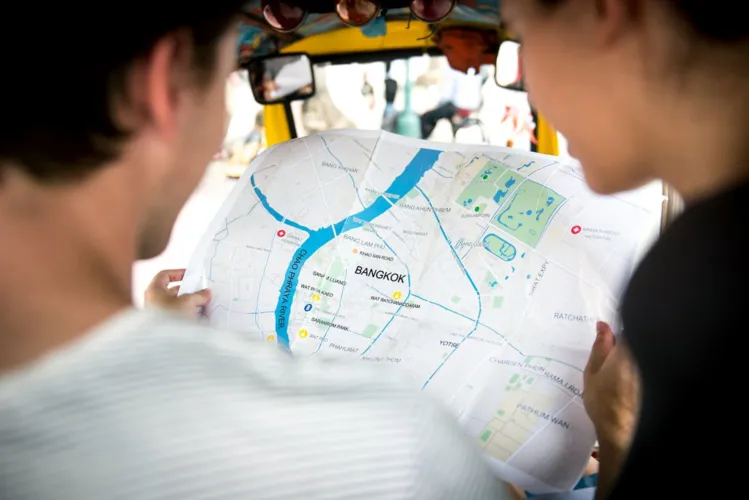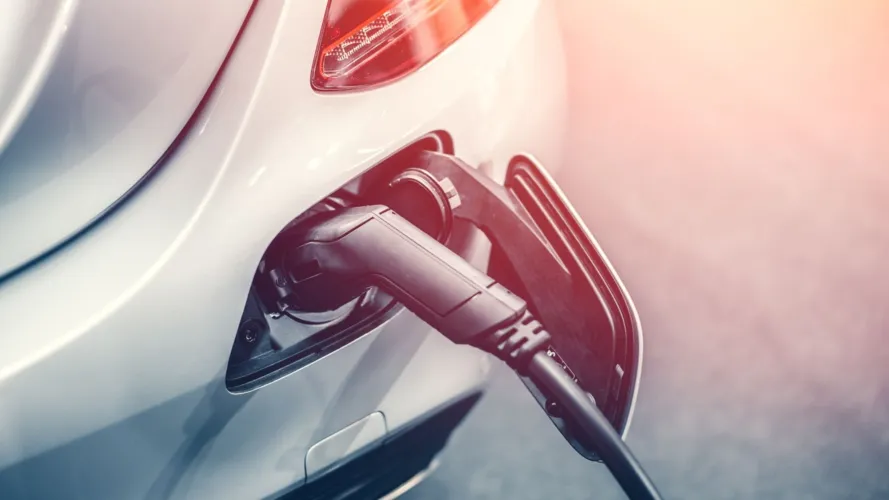Air pollution has become a persistent crisis in Thailand’s urban centers, especially in Bangkok. Fine particulate matter, known as PM2.5, continues to exceed safe limits and poses serious threats to health, productivity, and economic stability. As pollution intensifies, policymakers are under growing pressure to protect both citizens and key sectors like manufacturing and tourism.
Read also: Thailand Smog Challenges: Bangkok’s Alarming Air Crisis and the Urgent Push for Clean Air
Bangkok Battles Smog and Health Risks
According to Archer et al. (2023), air pollution in Thailand causes around 32,300 deaths annually, with PM2.5 being the primary culprit. The impact becomes even clearer when combined with ozone exposure — in 2019, air pollution ranked as the seventh leading health risk factor in the country, contributing to nearly 41,000 deaths, as noted by the Health Effects Institute (2020).
The World Health Organization (WHO) recommends keeping annual PM2.5 concentrations below 5 µg/m³, yet Bangkok consistently exceeds this level. This situation highlights the Thailand Urban Air Quality Challenge, where the capital’s smog problem endangers millions.
Studies have shown how sensitive Bangkok’s population is to air pollution. A 10 µg/m³ increase in PM10 is associated with a 1.3% rise in non-accidental mortality, 1.9% increase in cardiovascular deaths, and 1.5% rise in deaths among those over 65 (Vichit-Vadakan et al., 2008). Infants, asthma patients, and the elderly face even greater risks.
Pollutants such as nitrogen dioxide (NO₂) and ozone (O₃) further worsen smog conditions. These compounds, when mixed with PM10, create toxic air that irritates the lungs, triggers asthma, and strains the healthcare system.
Economic and Policy Implications
Beyond health, Bangkok’s PM2.5 pollution has severe economic consequences. As air quality deteriorates, manufacturing and tourism — two pillars of Thailand’s economy — suffer major setbacks. Factories experience reduced labor productivity as workers fall ill or miss workdays. Hospitals see rising patient loads, increasing both healthcare costs and public spending.
Tourism, a major source of national income, is also vulnerable. Frequent health advisories warning people to avoid outdoor activity can deter both domestic and international visitors. Real-time data from AQICN (2025) often show Bangkok under hazardous air quality alerts, forcing people to stay indoors.
Long-term, this pattern threatens economic competitiveness. Companies may hesitate to expand operations in polluted zones, while investors look for cleaner, more sustainable alternatives in neighboring ASEAN countries.
The government has begun introducing policy responses to tackle this crisis — from expanding air quality monitoring networks to promoting cleaner fuels and public transport. However, experts argue that stricter emission controls, urban green zones, and better waste management are needed to achieve measurable improvements.
Addressing Thailand’s air quality crisis requires a coordinated effort between public health agencies, environmental authorities, and private industries. Cleaner technologies, stronger regulations, and greater public awareness will be key to reducing exposure and protecting future generations.
Conclusion
The Thailand Urban Air Quality Challenge is not just an environmental issue — it’s a public health emergency and an economic threat. Bangkok’s rising PM2.5 levels demand urgent, sustained action to balance industrial growth with environmental responsibility. Without it, the costs — human and economic alike — will only rise.







